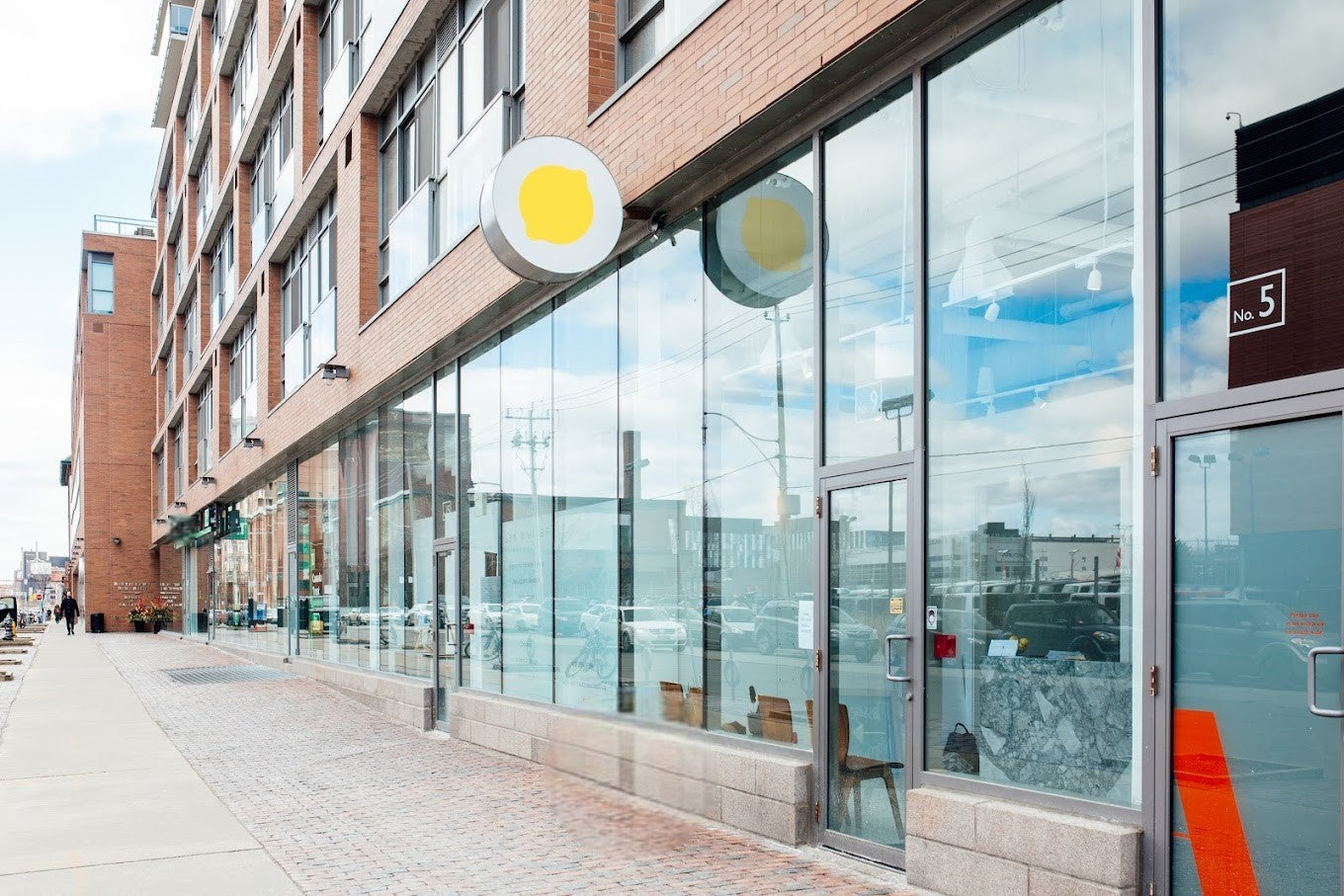
10 ways to raise your kids green
Ashley MillerShare
While becoming a green parent sounds like an enormous undertaking, it really doesn’t have to be that difficult. There are small changes you and your children can make that will collectively have a major impact on the environment.
Children who connect with nature and respect the environment grow into adults who care about protecting it. It is up to us to set the example for our children.
Here are 10 ways you can become a green parent:
Walk, bike or take public transit. By not driving, you will be decreasing air pollution, all while saving money, getting exercise and breathing in fresh air.
Start composting. Get your children involved in gathering kitchen and yard waste for the compost. Turn it into a fun activity by seeing who can collect them most items, and by using the soil to plant a vegetable garden. To learn how to compost go toHowToCompost.org.
Conserve water and energy. Brainstorm with your children ways to reduce water and energy consumption. For example, have them turn the water off when they brush their teeth, fill the bath with less water, use the bath water to wash the dog or to water the plants, and have short showers instead of baths when possible. Also, have your children help you turn off the lights – you can even assign someone to be the official light switch patrol person.
Other ways to conserve energy are to purchase green power for your home’s electricity, install energy-efficient bulbs, always have leaky air conditioning and refrigeration systems repaired, and hang laundry to air dry instead of using the dryer.
Take a stance with your wallet. Support organic and local companies by purchasing their products. Organic companies tread lightly on the planet because they grow their products without chemicals. By purchasing local products you are providing more nutritious food for your family, supporting the local economy, and reducing pollution from extra packaging and transportation.
Use canvas bags. The Environmental Protection Agency indicates that over 500 billion plastic bags are consumed worldwide each year. Instead of using plastic bags provided by stores, bring your own canvas bags. Give your children one each that they can decorate with markers, ribbons, bows, or anything else you have around the house. If you are like me and always forget your canvas bags, leave them on the door handle or where you keep your keys.
Triple R. Reduce, reuse and recycle – we all know the three Rs, here are some ways to implement them:
• Involve your children in the household recycling to encourage them take an interest in helping. Take your kids to the local recycling facility to help them understand the process involved in recycling.
• Have fun recycling and reusing paper, plastic and aluminum. Newspapers and paper bags can be used to make book covers and Sunday comics can become wrapping paper.
• Stop junk mail. Have your kids make, and put up a friendly sign on your mailbox – “Save the trees, no junk mail please” and email companies that mail you advertisements, requesting to be removed from their mailing lists.
• Minimize waste when packing lunches. When preparing the kids lunches use lunch boxes – not lunch bags, use reusable containers – not plastic wrap or aluminum, use clothes napkins – not paper napkins and send recyclable cutlery to school with them – not plastic.
Out with the old. Host a garage sale and give the proceeds to a charity of your children’s choice. Have your children make the garage sale signs and organize most of the logistics of the sale. This teaches them about recycling, planning and finances. Another idea is to swap items with other families. By swapping toys and clothes, your children will enjoy new items without you having to purchase them. This will help reduce overall waste and will be an economic advantage for you.
Make your own baby food. Making your own baby food is not only more environmentally friendly and economical, but it can be healthier too. By making your own food you reduce pollution from packaging and transportation. You will also know exactly what is in the food you are feeding your baby. If it is an option, breastfeeding is not only beneficial to babies, but the environment as well. Breastfeeding avoids the transportation, packaging, time, cleaning products and money that are associated with using formula. The World Health Organization recommends breastfeeding for two years. This may be difficult for some, but making an effort to nurse as long as possible can be beneficial to both your baby and the environment.
Use cloth, non-chlorinated or flushable diapers. Disposable diapers contribute to a significant amount of plastic waste and may contain chemicals that can be harmful or irritating to your baby. Cloth diapers require water and energy to clean and reuse them, but are still the better option for your baby. Many cloth diapers now come with diaper covers that are water and leak proof. Look for disposable diapers that are non-chlorinated or new types of diapers, likegDiapers that can be flushed down the toilet or composted.
Express yourself. Write letters with your children to corporate leaders, public officials and people in power positions to let them know how you feel about local, national, and global environmental issues. Lead by example and teach your children to stand up for the things that they believe in and that are important for their future.
It may take a little persuading, but if you teach by example and educate your children on how to take care of the environment from an early age, it will become second nature to them later in life. Future generations will benefit from how we raise our children, so make that extra effort today, to make a better future for tomorrow.

